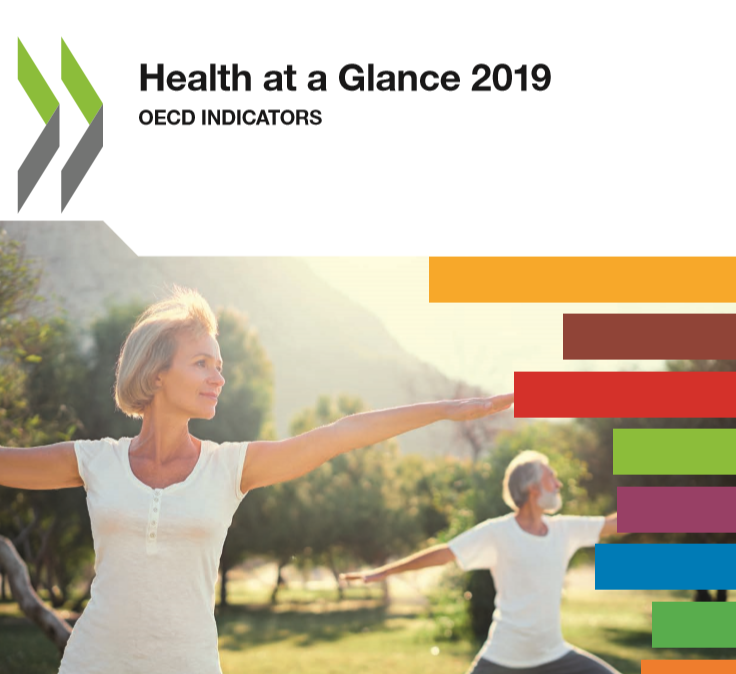What is Health at a Glance 2019?
The Organisation for Economic Co-operation and Development (OECD) published the report “Health at a Glance 2019”. In this biennial report, the OECD compares key indicators for population health and health system performance across OECD members, candidate and partner countries.
The analysis is based on the latest comparable data across 80 indicators, with data coming from official national statistics, unless otherwise stated. Alongside indicator-by-indicator analysis, an overview chapter summarises the comparative performance of countries and major trends, including how much health spending is associated with staffing, access, quality and health outcomes.
Pain: an important indicator of health systems performance
In recognition to its role and relevance in people’s experience with healthcare systems and services, pain is mentioned multiple times in the report in relation to patient-reported outcomes, experiences and quality of care. For instance, the report states that “a range of inter-related physical and mental health domains including pain, mobility, fatigue, anxiety and depression all contribute to person’s health-related quality of life.” While, in the access to care section, the report mentions that the long waiting time for non-emergency surgery “causes dissatisfaction for patients, as pain remains”.
Next to quality and access, health safety is a key element to assess health systems in an holistic way, thus pain management and treatment is also mentioned in relation to the use of opioids therapeutic options in light of the crisis experienced in North America in the past few years. Earlier this year, the OECD has dedicated a separate report to assess the use of opioids and related policy aspects across OECD countries, which informed the 2019 Health at a Glance edition.
What’s next: Focusing on what matters to people, adopting a comprehensive policy approach
OECD activities measuring and comparing patient reported outcomes, that inform this edition of Health at a Glance, relates to the OECD Health Ministers mandate to launch in 2017 the Patient-Reported Indicators Surveys (PaRIS). A deeper understanding of quality of care requires measuring what matters to people. Yet few health systems routinely ask patients about the outcomes and experiences of their care. In this sense, assessing how health systems prevent, measure and manage pain (including with safe and appropriate pharmacological and non-pharmacological options) can give policy makers key insights on the quality of the healthcare systems as a whole.
This is why the European Pain Federation works on inter- and multidisciplinary pain education projects such as Pain Schools, Exams and e-learning, aimed at giving healthcare professionals and patients the tools to prevent and mange acute and chronic pain.
The cross cutting nature of the issues underlined by the report, including in relation to pain, suggests that a comprehensive approach is needed across all policy sectors within and beyond health systems to address current challenges and improve healthcare efficiency and quality, along with strong health information systems, underpinned by data and research.
You can find the report ‘’OECD Health at a Glance 2019’’ here.
For the latest updated on EFIC work on education and policy please consult our 2019 Annual Report here.
